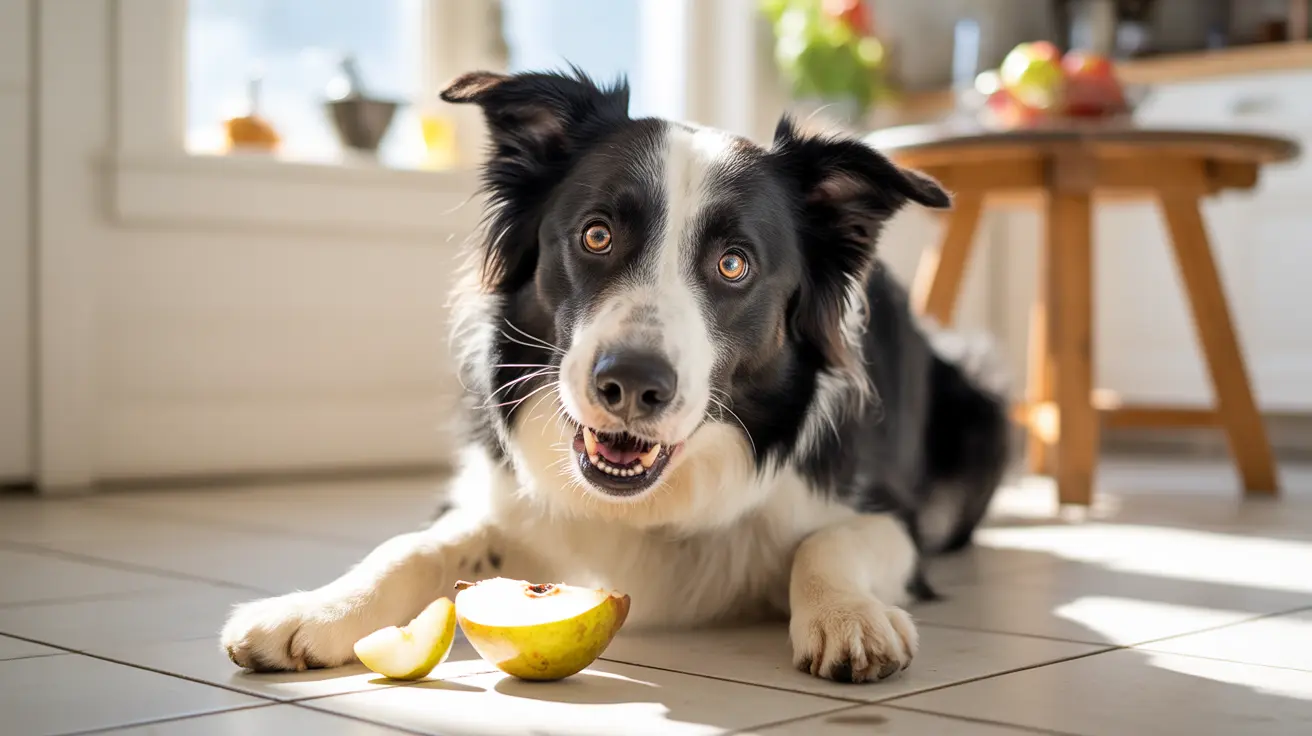Understanding Natural Dog Food: What Does It Really Mean?
If you've ever browsed the pet food aisle, you've probably noticed the word "natural" splashed across many bags and cans. But what exactly is natural dog food? Is it just a marketing buzzword, or does it have a real definition? Let's dig into what makes dog food "natural," how it's regulated, and whether it's the best choice for your furry friend.
Defining Natural Dog Food
The term "natural" in pet food suggests that the ingredients can be found in nature and aren't made through chemical or synthetic processes. However, there's no official legal definition from the FDA for "natural" on pet food labels. The FDA does require all animal foods to be safe, produced cleanly, free of harmful substances, and labeled truthfully.
The Association of American Feed Control Officials (AAFCO) sets model regulations that many agencies follow. According to AAFCO, a natural ingredient must come solely from plant, animal, or mined sources—either unprocessed or physically processed—but not chemically synthesized. These ingredients should also be free of synthetic additives (except for trace amounts from good manufacturing practices).
- A product labeled "all-natural" or "100% natural" must have every ingredient meet this definition.
What's in Natural Dog Food?
Natural dog foods use ingredients from plant, animal, or mineral sources—even if they've been physically processed (like ground meat or cooked vegetables). What you won't find are:
- Artificially synthesized flavors
- Chemical coloring agents
- Synthetic preservatives (except for trace amounts)
That said, most natural dog foods still add synthetic vitamins and minerals to ensure complete nutrition. Labels often clarify this by stating "with added vitamins and minerals." Without these supplements, even natural diets might lack essential nutrients.
Comparing Natural to Organic and Holistic Dog Foods
- Natural: Ingredients exist in nature; not artificially manufactured.
- Organic: Must meet USDA National Organic Program standards—at least 95% organic ingredients—and display a USDA organic seal.
- Holistic: Implies considering the whole dog's well-being but has no legal meaning in pet food labeling; it's mostly a marketing term.
The Benefits—and Limits—of Natural Dog Food
You might think natural means healthier or safer. In reality, while natural foods have fewer synthetic additives and less processing, they don't guarantee better quality or nutrition. Even all-natural ingredients can lead to imbalances—too much or too little of key nutrients.
The best way to ensure your dog's diet is appropriate? Look for products labeled "complete and balanced", which means they meet AAFCO nutrient profiles for dogs at specific life stages (puppy, adult maintenance, etc.). And always consult your veterinarian before making major dietary changes.
Labels: Decoding Claims on Dog Food Bags
- If you see "contains natural ingredients," it may still include artificial components elsewhere in the recipe.
- "Natural with added vitamins and minerals" means all main ingredients are natural but supplemented synthetically as needed for health.
Safe Natural Ingredients for Dogs
If you're curious about what goes into natural dog food—or want to supplement your dog's diet with safe snacks—here are some common options:
- Poultry: turkey, chicken
- Red meats: beef, venison, pork
- Fish: salmon or whitefish
- Vegetables: sweet potato, carrots, green beans, cucumbers
- Fruits: apples (no seeds), blueberries, watermelon
Avoid feeding dogs chocolate, onions/chives/asparagus/citrus/avocado/grapes/raisins/macadamia nuts/dairy/raw meat/raw eggs/uncooked yeast dough/xylitol—these can be toxic!
Navigating the Transition to Natural Dog Food
- Start with 25% new (natural) food mixed into their usual meal on day one.
- Bump up to 50% by day three.
- Aim for 75% by day five.
- Your dog should be eating 100% new food by day seven—watch closely for digestive upset along the way!
The Science Behind Natural Pet Foods
The trend toward natural pet foods comes from a desire to feed pets more whole ingredients and fewer heavily processed items. Some believe this better matches ancestral diets. Whole foods may offer higher nutrient content and beneficial phytonutrients. However, processing affects digestibility and safety—and research is ongoing regarding health impacts and sustainability of these diets.
The Bottom Line: Should You Choose Natural?
Selecting the right diet depends on your dog's age, breed size, activity level, sensitivities/allergies—and your own values around ingredient sourcing. While natural dog food avoids many artificial additives and relies on recognizable ingredients from nature (with some necessary supplements), it's not automatically superior. Work with your vet to find what's best for your dog's unique needs—and read those labels carefully!





